Download
Old Version
Get All Versions for Free!
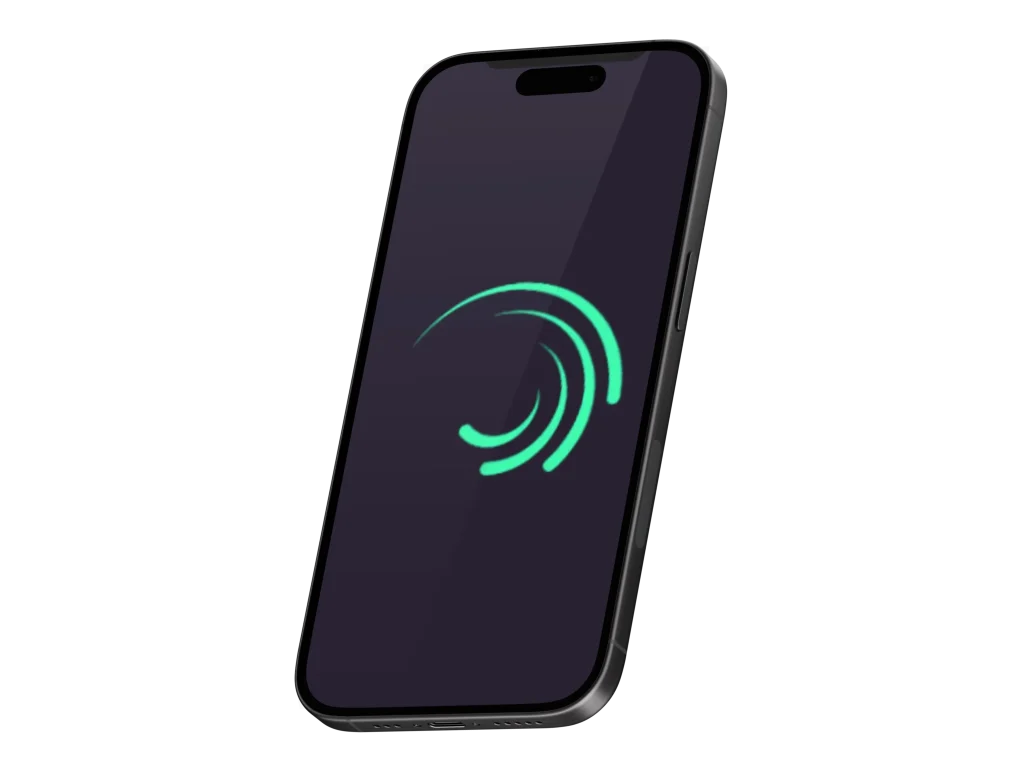
Alight Motion, an acclaimed app that weaves motion graphics into mobile video editing, remains lauded for its simple layout and deep toolkit. In the Alight Motion old version, a sizable part of its audience courts the vintage build for reasons that vary from screen mismatch to a nostalgic fondness for controls that vanished in the latest swoops of innovation. In the following sections, the Alight Motion vintage build is delved into—pinpointing the quirks that stubbornly claw the thumb and thumb the screen to the same swipe.
Why Users Still Prefer the Alight Motion Old Version?
The progressive shine of expanded brush packs, AI motion-tracking, or updated export codecs would dub envy into frames, yet the classic edition glimmers for a block of the fandom. The memes of motion-lab chatter across forums reveal that the impulse isn’t resistance to upgrades. Still, stubborn lettings go—shaky export stuttering, a color keyer that now feels ghosted, or excess RAM weddings nascent on less-ambitious hardware. Each layered supply a brand of familiarity; sometimes, brassy new flair shoves the lazy gesture swipe into the wrong rhythm. For that clan of creators, the dated glide ultimately remains cut, copy, and remain untouched in the toolkit that once, goldenly, worked yesterday, and can still wrap today in the shimmery light of mutable stillness.
Compatibility and Stability
A lot of folks download the Alight Motion Old Version because it plays nice with their older gear. Sure, the latest updates boast shiny new features, but they can also eat up processor power and memory. The older Alight Motion, on the other hand, slips onto ageing smartphones and tablets like a well-worn pair of shoes. For anyone rocking hardware that’s seen better days, that’s a huge plus— the app runs steadily and without the occasional crash that a newer build might invite.
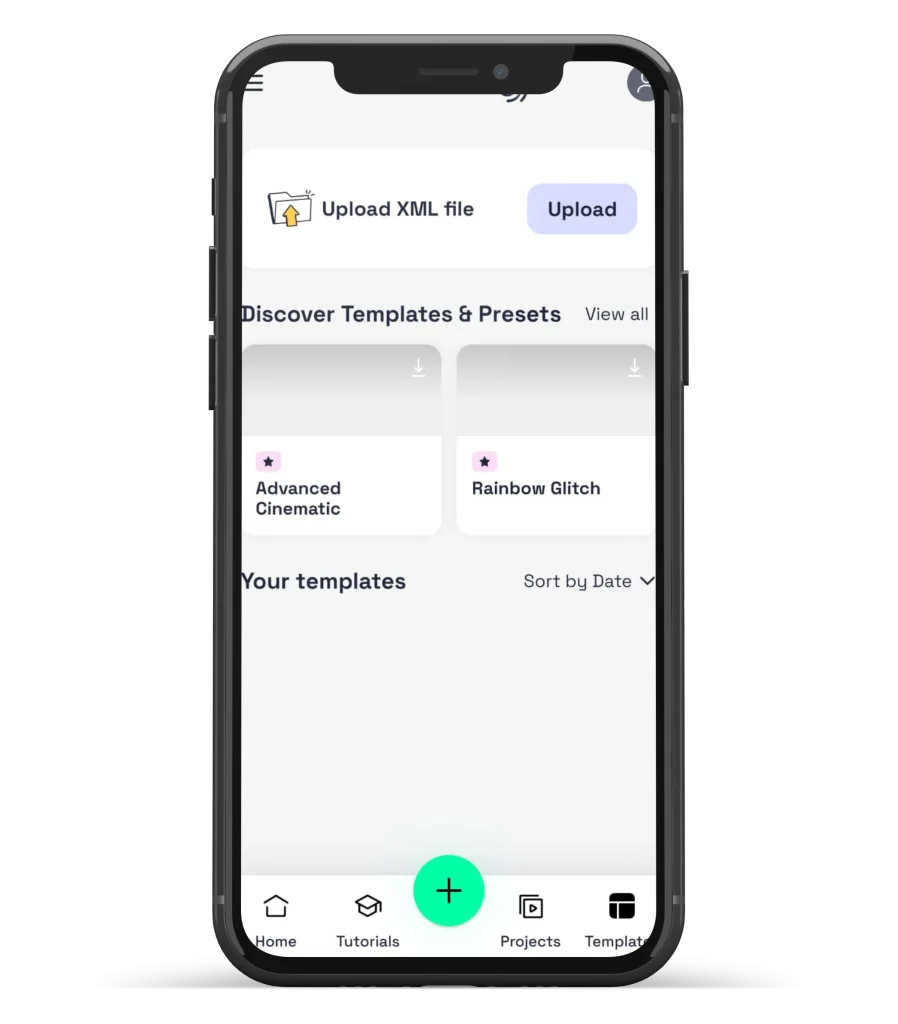
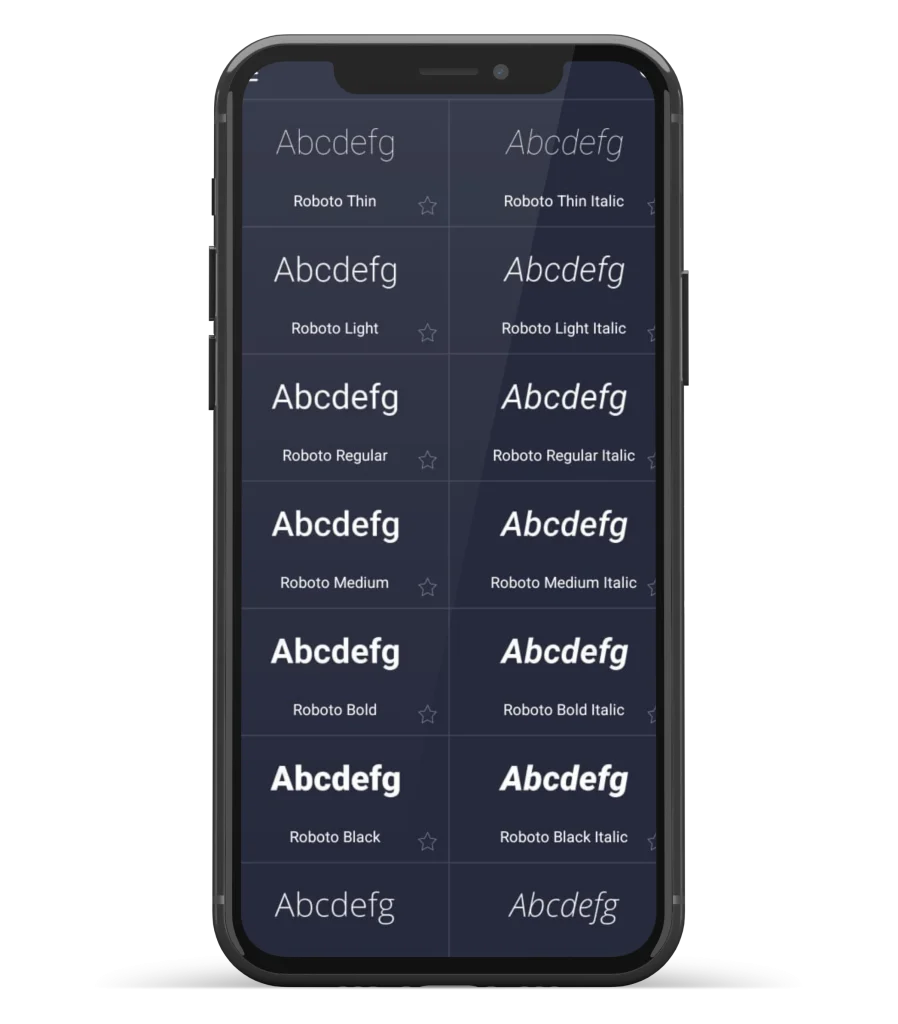
Simplicity and Familiarity
The Alight Motion Old Version feels like home for anyone who’s been using Alight Motion year in, year out. Each new patch rolls out buttons moved, icons swapped, and workflows tweaked, and an unexpected layout can kill momentum. For many editors, the vintage app’s cleaner, unchanged layout means less brain power spent figuring out navigation and more time spent on the actual project. They can dive right in instead of retracing the tutorial steps that— again— they didn’t want to learn.
Performance Efficiency
Many creators lean towards Alight Motion’s older version when they seek an app that skips the bells and whistles and stays focused on the essentials. This trimmed-down edition typically consumes less RAM and CPU, so even budget or older devices feel the boost. Rendering clips lands on users’ timelines significantly faster, and real-time playback is, quite simply, buttery, which is priceless when time is tight and the deadline is now.
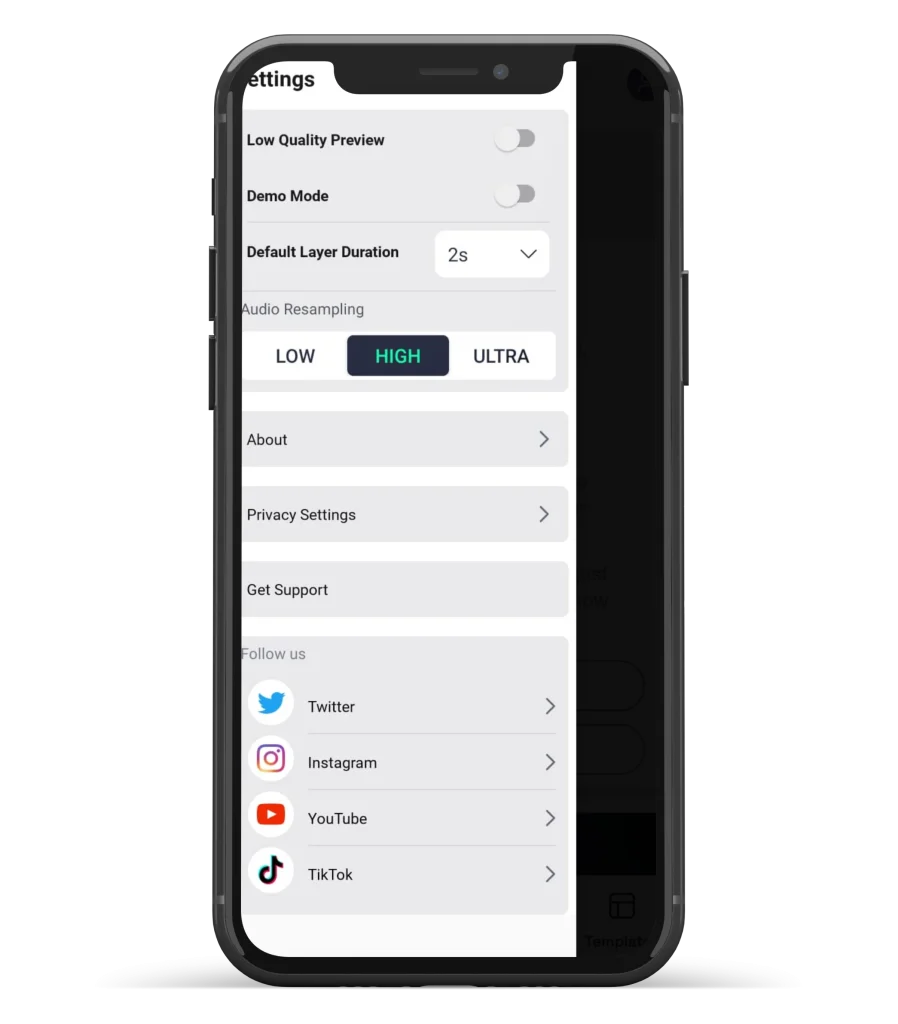
Features of Alight Motion Old Version
Alight Motion Old Version has many old update which are used to perform good than Newer version. The old version features are given below:
Basic Motion Graphics
Users still animate, dissolve, or transform artwork through simple keyframes and layer stacking. The workflow is tight and uncomplicated, a blessing for those allergic to complicated menus.
Vector and Bitmap Support
Creators can mix vector paths and high-quality bitmap images on the same timeline, matching tight vector bends with the richness of bitmap gradients.
Layering and Composition Tools
The app still serves up traditional multi-layer stacks, so it’s easy to build complex compositions or chain several animations together without creative compromises.
FX library
The Alight Motion Old Version edition ships with a solid library of on-device FX and transitions, letting creators punch up scenes with overlays and color pops and export instantly, all without needing to grab additional purchases.
Custom motion with keyframes
Every layer on the old app can get a fully bespoke motion curve—scale, position, and opacity rules on keyframes mean there’s no guesswork on what a logo, text, or icon should do.
Alight Motion Old Version Updated
The Alight Motion Old Version update definitely brings eye-catching bonuses color wheels that feel like a desktop suite, motion-tracer inbetweens, and compressed video outputs that keep quality and spit out smaller file sizes. Yet, the previous APK still wins the hearts of everyday editors for two main reasons: it launches in seconds, and the spec under a Snapdragon 625 still runs it without the “reload project” spinny circle.
Also, look, a project due in thirty seconds should render in thirty seconds—bugs and glitching GUI that pops up in the latest rebuild can route that out the window. Finally, UI “upgrades” that cram more on the main screen get mixed reviews, and a complete loss of appearance buffers the fast-finger workflows a few users have trained into muscle memory.
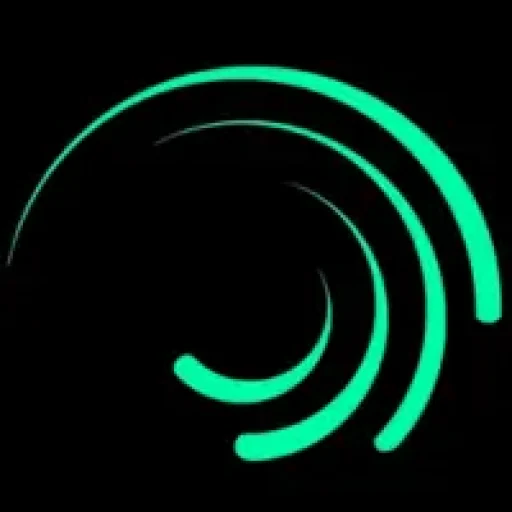
Alight Motion v29.2.1

Alight Motion v29.2.1

Alight Motion v29.2.1
How to Get Alight Motion Old Version?
If you need to roll back to an older version of Alight Motion, you’ll find it isn’t on official store pages, but you can still grab it with a little care.
Pros and Cons of Alight Motion Old Version
Pros:
- Light on Resources: The previous release often runs smoother on older phones, with less memory demand and quicker export times.
- Familiar Interface: If you’ve used the app for a while, the design you’ve memorized isn’t going anywhere.
- Stability: Bugs fixed since the latest version are annoying for some. If the latest version isn’t cooperating, the older one may still work perfectly.
Cons:
- Limited New Features: Bonuses like refined color wheels or newer effect libraries remain absent. Your toolkit stays static, while newer releases evolve.
- Potential Security Risks: No fresh patches means any exposed cracks are left wide open. Always weigh the convenience vs. the risk to your privacy and your projects.
- Compatibility Glitches: Certain recently released devices struggle to render the legacy Alight Motion build without a hiccup.
Conclusion
The legacy Alight Motion Old Version is still often recommended by those who prize reliability over novelty. Although the latest versions boast expanded creative options and glitzy tools, the older release is still a go-to for anyone who needs a crisp solution that glides on a vintage phone. Depending on the projects at hand, it might trade glimmer for peace of mind—an honest experience that doesn’t fight for attention with a long onboarding process. As with any side of an update decision, positives should be weighed against the rare negatives, but reliability is still the most common part of the appraisal for the older build. Whenever the target is a clean timeline or a casual video that doesn’t need the shimmer of speedy effect stacks, it delivers. Familiar hands turn quicker, nerves stay calm, and the edit finishes on time. By comparing both paths head-on, creators can see the closers and the distance and select the gear that suits their tempo and their timeline.
